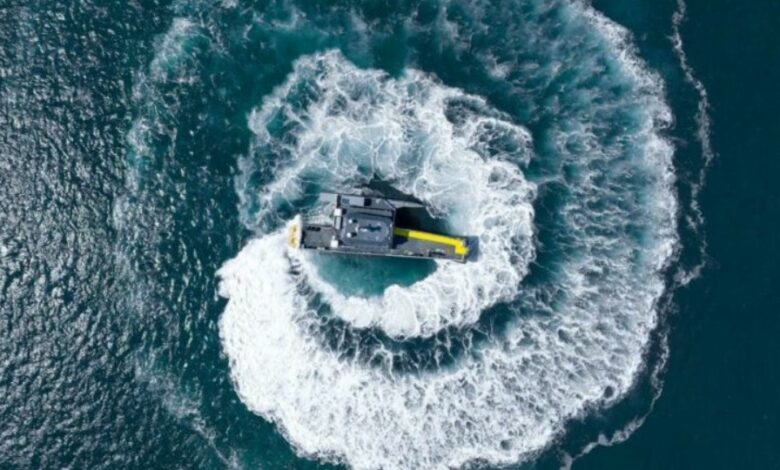BAR Technologies eyes low-emission US CTVs by 2024

Marine engineering consultancy BAR Technologies has announced that its low-emission crew transfer vessel (CTV) design, the BARTech 30, will be available for the first US offshore wind projects in 2024, following quotes at several US shipyards.
BAR said it is meeting with the US offshore wind vessel supply chain at the International Workboat Show in New Orleans this week in anticipation of license agreements that will see the type manufactured in the US in 2023.
With interest in the domestic US licensing of the BARTech 30 CTV, a type already on charter at the UK’s Sheringham Shoal offshore wind farm, BAR said it expects its vessel design would be available to support the first major US offshore projects as they head into construction.
“The US offshore wind market has huge potential,” said John Cooper, CEO of BAR Technologies. “But that potential isn’t limited to the scale of its projects and rapid pace of development. Equally, there is a massive opportunity to circumvent many of the quite protracted processes for growth – and one of these is in the rapid deployment of the latest greener and leaner, workboat vessels.”
Cooper added that a number of forward-thinking European wind farm operators have already recognised the opportunity to reduce fuel burn across the fleets serving their projects, and also the reputational risk in continuing to use outmoded inefficient vessel designs. “With some of these same operators now developing projects in a new market, we anticipate a number will be looking to capitalise on some of the innovations they have in Europe, in the US,” he said.
With its 30 m ProA design, and active foiling systems to correct for pitch and roll, the BARTech 30 is said to be able to minimise vessel motion and fuel burn – leading to an average increase in stability across all sea states of up to 70% and a reduction in total emissions of 30% over a typical operational profile.
BAR added that the vessel is able to operate in more challenging conditions than the current catamaran designs, and offshore wind turbines may be serviced over a greater number of sea states, ensuring wind farm owners have more opportunities to “better and more cost-effectively provide turbine maintenance”.
